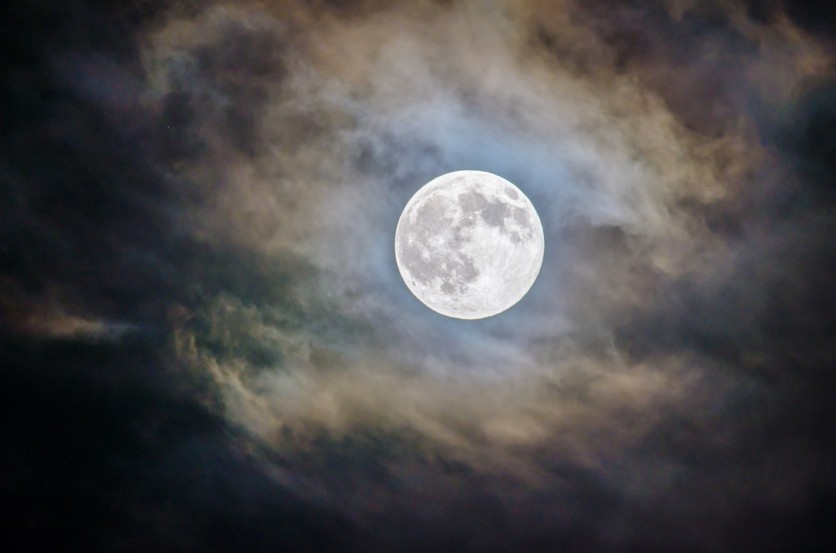
After the last collection had been conducted in 1976, the first of the new moon rocks now returns to Earth with the potential to alter lunar history. Just last year, a Chinese space capsule delivered fresh moon samples to Earth after four decades.
Scientists on Moon Rocks
According to the story by CNet, these lunar rocks have just revealed new details regarding the planet's glowing companion. The volcanoes were reportedly alive and active quite longer than scientists initially thought.
A professor of Geology at Australia's very own Curtin University and the author of the analysis that was published in the journal Science, Alexander Nemchin, gave a statement. It was noted that all of their experience notes that the moon should actually be cold and dead for two billion years now.
Changing Current Views
Nemchin then noted, "but it is not, and the question is, why?" Along with an expansive and international team of researchers, Nemchin reportedly found out that they were looking at a certain solid confirmation that the lunar service was actually alive pretty late in the whole game.
Nemchin noted that they need to dig much deeper with this. The statement also mentioned that they are highlighting that their current views actually need to be readjusted and that further research will tell just how dramatic the whole readjustment should actually be. NASA's very own Lucy Spacecraft is expected to launch in order to study Jupiter's own Trojan asteroids.
The Start of the Moon Rock Saga
The whole saga started in December 2020 when China's very own Chang'e 5 mission actually sent a spacecraft to scrape the whole surface of the moon and even collect a number of rock and dust samples in order to conduct Earth-based analysis. It then returned with a whopping four pounds of extraterrestrial material.
1976 actually marks the last time that lunar samples were officially brought down to Earth which was an achievement from the Soviet Union's own Luna 24 mission. Before this, however, NASA's Apollo missions were able to run the course from the Earth to the moon a number of times and returned with photographs, moon rocks, and even personal anecdotes of the astronauts.
Read Also: NASA Perseverance Discovers Mars' Jezero Crater to be a Lake, Hints to a Previously Warm Planet
What the New Discoveries Could Mean
Nemchin explained that there was actually some need and drive to be able to do this 50 years before. Priorities, however, changed and everyone then moved towards something else. He then noted that they have the moon back in focus. Elon Musk's SpaceX Starlink is expected to roll out next month after countless satellites have been sent to space.
Nemchin states that lunar research is important not only when it comes to astronomy but also due to the effort to travel to the moon or space exploration. This is as research could expedite technologies that would benefit those on Earth.
An article by Cosmos notes that the focus will now turn towards analyzing more fragments in order to establish how much they differ in chemical composition. This will then help teach more about the actual specific conditions under, which the rocks were formed which were initially volcanic magmas.
Related Article: NASA: DART Mission to Change Motion of Hazardous Asteroid? NASA Clarifies This Story
This article is owned by Tech Times
Written by Urian B.
ⓒ 2025 TECHTIMES.com All rights reserved. Do not reproduce without permission.




